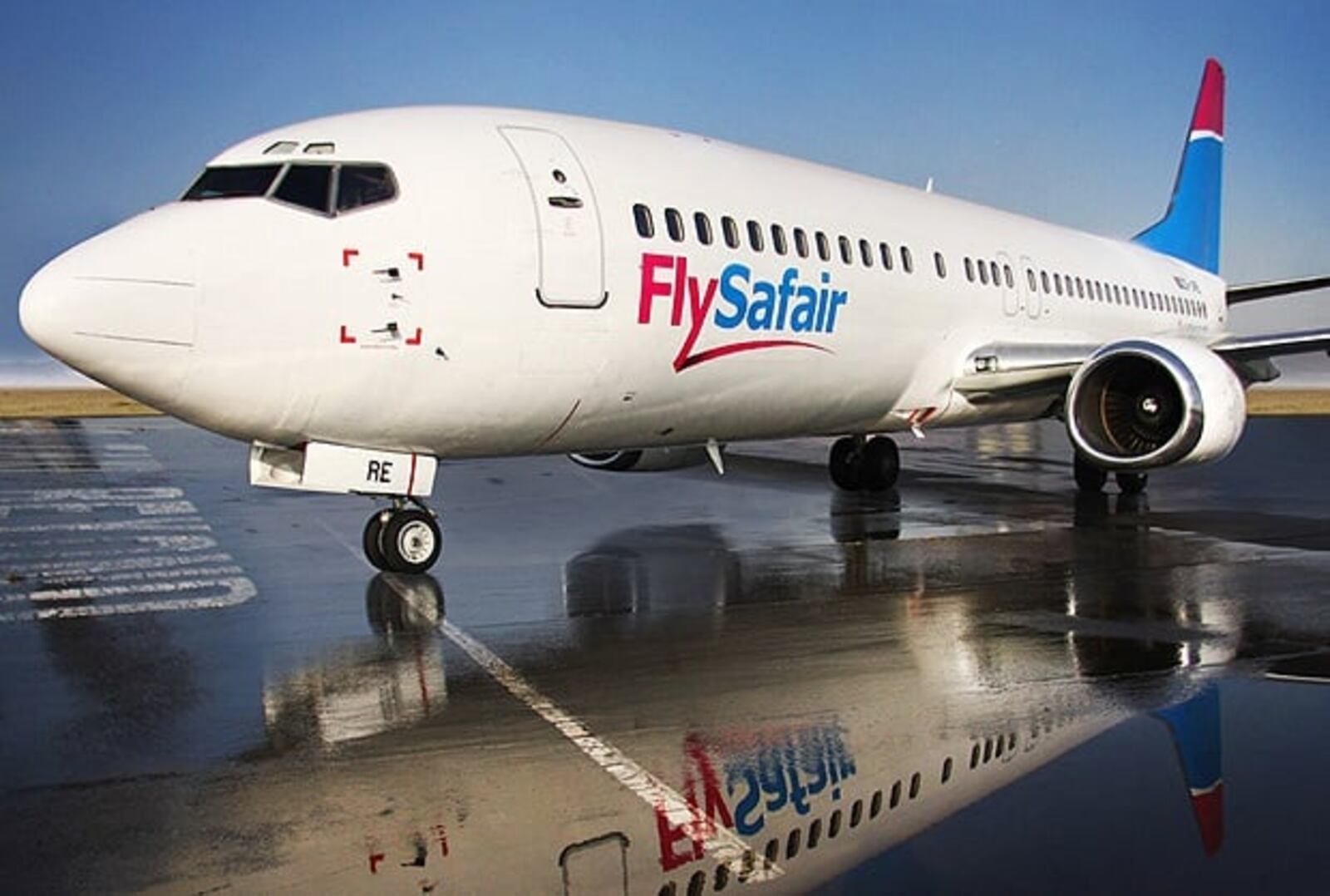FlySafair builds a business edge through data-driven operations
Postado por Editorial em 09/10/2025 em MARKET & INDUSTRYSouth Africa’s low-cost carrier is rethinking efficiency and customer service through automation, AI and data analytics.

Technology has become a central pillar of FlySafair’s operating model as the airline deepens its reliance on digital systems to sustain growth and maintain its cost-competitive structure. What began as isolated efficiency projects has evolved into a cohesive, tech-first strategy aimed at linking operational performance directly to customer experience.
Over the past decade, FlySafair has adopted a range of digital tools, from predictive maintenance and condition-based monitoring to AI-driven service interfaces, that simplify internal processes while giving passengers more autonomy. The carrier’s goal, according to Chief Marketing Officer Kirby Gordon, is to remove friction from every stage of the journey, both for travellers and for employees.
“Technology isn’t a support layer anymore, it’s the foundation that enables everything else,” Gordon said.
The company’s digital roadmap is structured around two main principles: simplicity for passengers and efficiency behind the scenes. Self-service capabilities such as WhatsApp boarding passes, web and app-based booking management, and the AI customer assistant “Lindi” are now handling thousands of routine interactions that once required manual support.
Since its launch in May, Lindi has processed over 1,600 bookings, including flight changes, cancellations and seat updates, allowing call centre agents to focus on more complex cases. Meanwhile, automated check-in tools and online handling of unaccompanied minor bookings have further reduced manual workloads and improved turnaround times.
Automation also extends into the airline’s back-office operations. In partnership with Datafinity, FlySafair deployed a series of robotic process automations, known internally as “Hercules”, that complete high-volume administrative tasks such as group booking management and billing reconciliation within minutes. The systems serve as digital counterparts to the airline’s cargo heritage, taking on the “heavy lifting” while freeing staff to concentrate on oversight and service quality.
Beyond customer interactions, data analytics is reshaping how FlySafair manages its aircraft. Each plane is equipped with millions of sensors generating real-time performance data, feeding predictive models that support proactive maintenance and flight optimization. The company is now working with new technology partners to enhance these analytics through machine learning and cloud-native digital twins, enabling better coordination between aircraft and ground operations.
This shift reflects a broader industry trend: low-cost carriers now represent one-third of global airline seats, largely powered by gains from automation and predictive technologies. In FlySafair’s case, operational visibility has become a lever for both reliability and cost control , essential in an environment where on-time performance and fuel efficiency directly affect margins.
Since beginning operations in 2014, FlySafair has expanded to a fleet of 37 Boeing 737 aircraft, running more than 1,250 weekly flights and offering around 230,000 seats per week. As the company approaches its twelfth year, it plans to roll out voice-based AI assistance and digital payment options through Google, Samsung and Apple Pay, further integrating convenience into its digital ecosystem.
For FlySafair, the ongoing challenge is not the adoption of new technology itself, but how each innovation fits into a larger system that keeps planes moving, customers informed and the business scalable. In Gordon’s words, “every initiative starts with the same question, does this remove friction or create it?”




